Other

“Scientists discovered that single atoms of platinum can break the bond between carbon and fluorine, one of the strongest known chemical bonds An international team of scientists including researchers at Yale University and the U.S. Department of Energy’s …
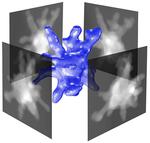
“Scientists can now measure 3-D structures of tiny particles with properties that hold promise for advanced sensors and diagnostics. The Science Extremely small structures, far smaller in diameter than a strand of hair, could greatly benefit sensors and other devices …
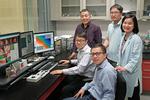
“As the demand for smartphones, electric vehicles, and renewable energy continues to rise, scientists are searching for ways to improve lithium-ion batteries—the most common type of battery found in home electronics and a promising solution for grid-scale energy storage …
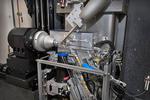
“A team of scientists and engineers at the U.S. Department of Energy’s (DOE) Brookhaven National Laboratory have developed a new scientific instrument that enables ultra-precise and high-speed characterization of protein crystals at the National Synchrotron Light Source II …
News Understanding the Generation of Light-Induced Electrical Current in Atomically Thin Nanomaterials
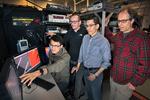
“Scientists demonstrated that scanning photocurrent microscopy—an imaging capability just added to Brookhaven Lab’s Center for Functional Nanomaterials—could provide the optoelectronic information needed to improve the performance of devices for power generation, communications, data storage, and lighting Scientists …
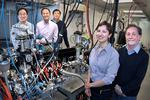
“Interactions between electrons and the atomic structure of high-temperature superconductors impacted by elusive and powerful vibrations Manipulating the flow of energy through superconductors could radically transform technology, perhaps leading to applications such as ultra-fast, highly efficient quantum computers. But these …
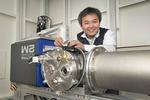
“ One way that scientists control the structure of materials at the nanoscale – where features are a few to several hundred nanometers (nm) – is by using “self-assembly,” in which molecules are designed such that they spontaneously come together to form a …

“Scientists show that single nickel atoms are an efficient, cost-effective catalyst for converting carbon dioxide into useful chemicals Imagine if carbon dioxide (CO2) could easily be converted into usable energy. Every time you breathe or drive a motor vehicle, you …

“High-power light reveals the existence of superconductivity associated with charge “stripes” in the copper-oxygen planes of a layered material above the temperature at which it begins to transmit electricity without resistance. A team of scientists has detected a hidden state …

“New organic-inorganic hybrid materials exhibit an unprecedented combination of strength and elasticity, paving the way to new nanoelectromechanical devices A team of scientists from the U.S. Department of Energy’s Brookhaven National Laboratory and the University of Connecticut have …
